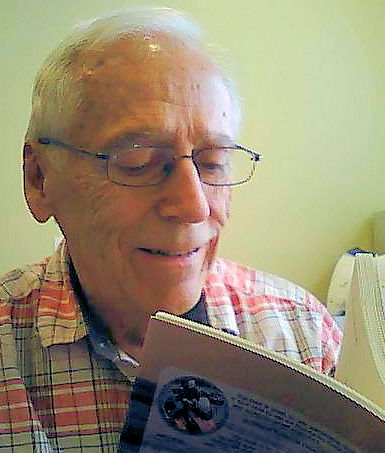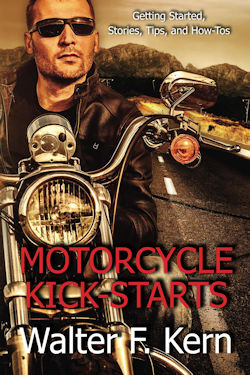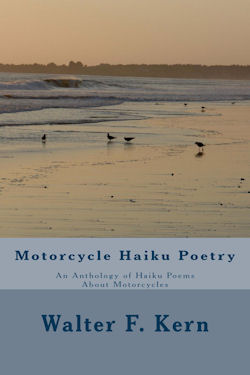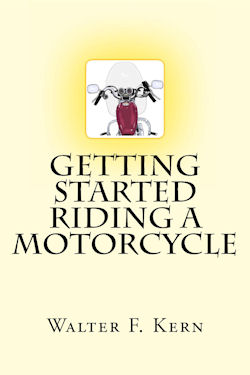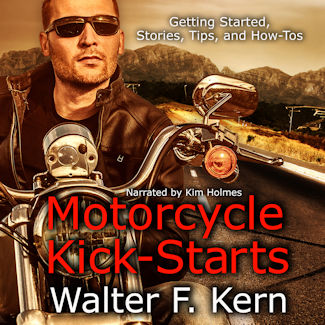The Harley-Davidson and Indian Wars - A Book Review By Walter F. Kern Part 2: Servi-car and More Rivalries In 1932, H-D introduced the 3-wheeled Servi-car. This had a motorcycle front end but two wheels behind, the forerunner of the modern trike. This vehicle came on the scene mainly for use by garages that always had to send two men out to get a customer's car for service and return it. With the Servi-car, there was a way to attach it to the back of the car and tow it, thereby only requiring one man. It was also used by parking meter patrols and other utility uses. In the next year, 1933, Indian had its own version called the Dispatch Tow. When it was realized that passengers liked being a little closer to the rider and not perched on the rear fender, the rider's seat was lengthened and became the Buddy Seat on Harley and the Chum-Me Seat on the Indian. The controls on Harley-Davidson and Indian motorcycles were reversed. When each began vying for government contracts, they realized that each needed to have an option to place the controls on the other side of the bike. So each manufacturer had an option to have controls the same as the other's regular controls. The Knucklehead model E Harley-Davidson was produced in 1936. Indian then came out with the "Improved Four" machine. In 1949, Harley released the FL Hydra-Glide "panhead" motorcycle. This was the first machine since the old Sport Twin to have a name associated with it. Girdler's book is a storehouse of information about these two marques. He attempts to match up competing models throughout the history of Indian. There are stories of racers who rode their bikes to the race, stripped them down and raced, and then put the parts back on and rode home. There are stories about the one-mile long board tracks where motorcycle racers riding the two brands fought each other during the race and then socialized at night and shared parts. For most people, the old Indians are remembered as those classy bikes with the skirted fenders, the Indian-head parking lights and the funny spelled name "motocycle" on the emblems. For Harley-Davidson followers, Indian was the company that just could not compete with Harley and win. There were, indeed, two camps of riders in those days and they didn't mingle much. Now, only the Harley-Davidson camp remains except for the ever increasing group of Indian restorers and enthusiasts who have formed into clubs and vintage racing groups to celebrate this great American motorcycle. Indian stopped making motorcycles over 46 years ago but is still revered as much as if it were still in production. Read Allan Girdler's book and enjoy the shared motorcycle history of the two greats of American motorcycles: Indian and Harley-Davidson. => Back to Page 1: Beginnings of the Wars
|
|||||||||
© 2013-2017 Walter F. Kern. All rights reserved.
|


